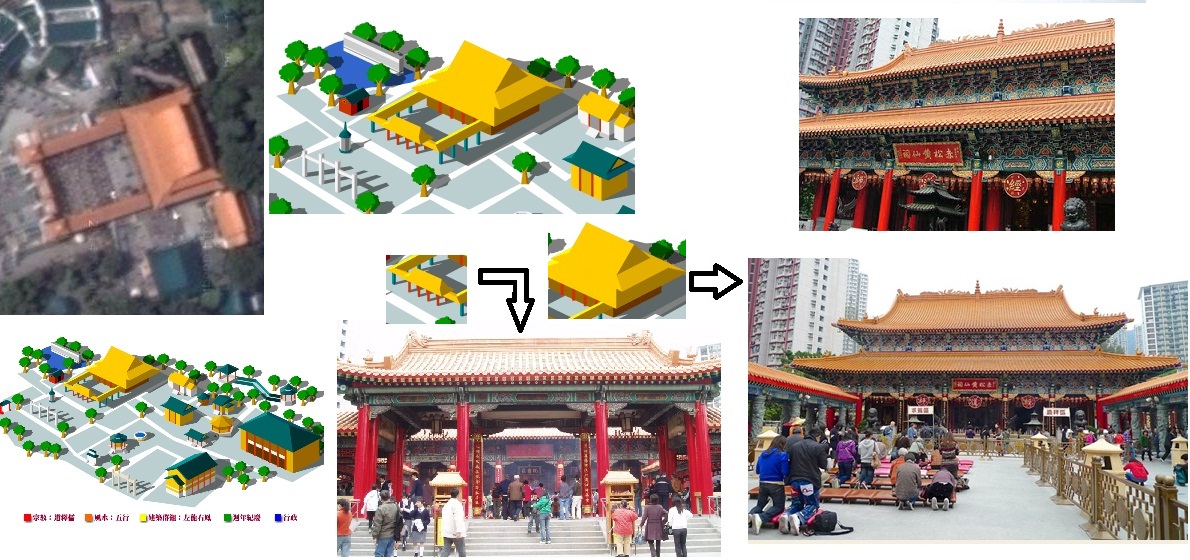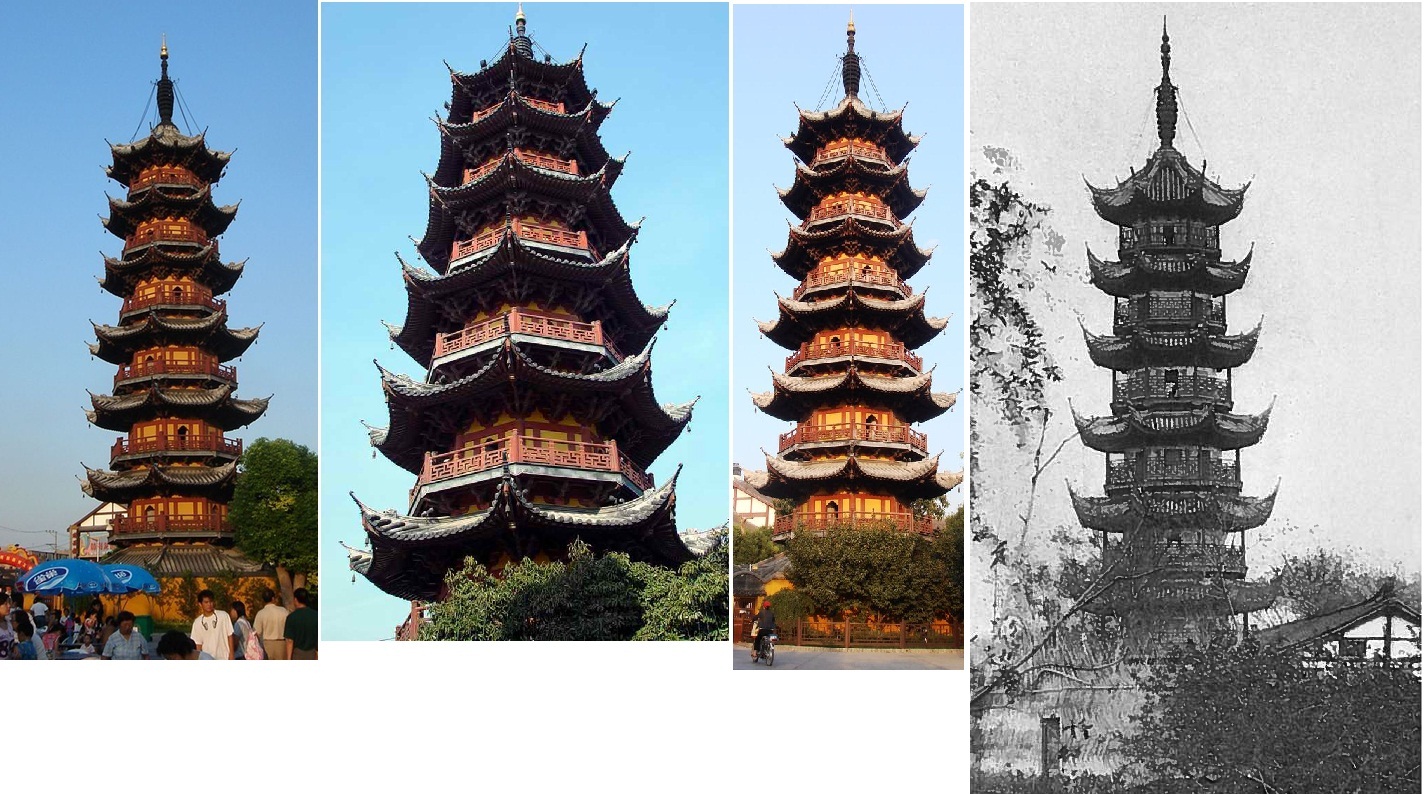Now that there are good solutions in place for the two cities that were giving us our biggest headaches (Stalingrad and Manila), I’m revisiting the four remaining VCs that don’t have obvious iconic structures (Calcutta, Warsaw, Shanghai and Hong Kong) to see if the suggestions which have already been made for them can be improved upon.
I started with Calcutta and Warsaw, and in both cases I ended up reconfirming my original preferences. For Calcutta, I was all set to recommend replacing my earlier recommendation (the Dakshineswar Kali Temple) with a different building that I discovered today, the fantastic-looking Calcutta Birla Mandir. Then I noticed that it had been built between 1970 and 1996…so it’s definitely not appropriate for use as a WWII marker. As a consolation, however, I found a much better picture of the Dakshineswar Kali Temple (see below), which – at 159 years of age – easily fits the WWII requirement.
After Calcutta, I read a bit about Warsaw’s architectural history and I also tried to see whether I could find any great-looking structures that were closely associated with the 1939 siege of Warsaw. The Wikipedia article on the planned destruction of Warsaw, which includes a list of notable damaged or destroyed structures, was another interesting source. It turns out that Warsaw has buildings in a plethora of architectural styles, from the gothic period onward, so in a sense it doesn’t have any uniquely representative style of construction. So I returned to my original approach of looking at churches, especially Catholic ones, given that over 90% of Poles are Catholics and that the Church is so influential in Poland. For each building, I asked myself if it would look out of place in a western Europeam country – say, Britain or France or Germany. If the answer was “no”, I eliminated it as insufficiently distinctive in terms of national styles. The one I liked best from the remaining buildings turned out to be my previous recommendation, the Church of the Assumption of the Virgin Mary and of St. Joseph – more commonly known as the Carmelite Church of Warsaw, which is a much easier name to manage. The central onion dome and the two belfries shaped like censers are the features I like the best, and which I think give the church a somewhat Slavic / East European appearance.
Tomorrow I’ll have a closer look at Hong Kong to see if the current choice for that city (the Main Altar of the Wong Tai Sin Temple) still holds up. As for Shanghai, I watched a documentary about it this afternoon and it seems like the city was architecturally chaotic: each Western-dominated enclave in the city had its own imported building style (French, British, etc.), the Chinese parts of town were on the whole quite poor, and there was also a push in the 1920s and 1930s to modernize the city by building skyscrapers. The walled “Old City of Shanghai” is perhaps the most authentically Chinese part of town, and one building there that might be worth considering is the Dajing Ge Pavilion. Although partially dismantled in 1912, the surviving part of the structure (which has a nice pagoda roof) incorporates the last remaining portions of the old city’s walls (which have rectangular crenels, and hence look like military fortifications rather than just plain walls), and it’s currently protected as a heritage building. One advantage it might have over Dianchun Hall (the current marker candidate) is that the Yu Garden buildings have repeatedly been damaged and/or destroyed since the 19th century, so it’s hard to be sure if the current Dianchun Hall structure (repaired from 1956 to 1961) looks the way it would have looked prior to WWII (when it was again damaged). So I’m thinking that the Dajing Ge Pavilion might be a better option. Thoughts?















